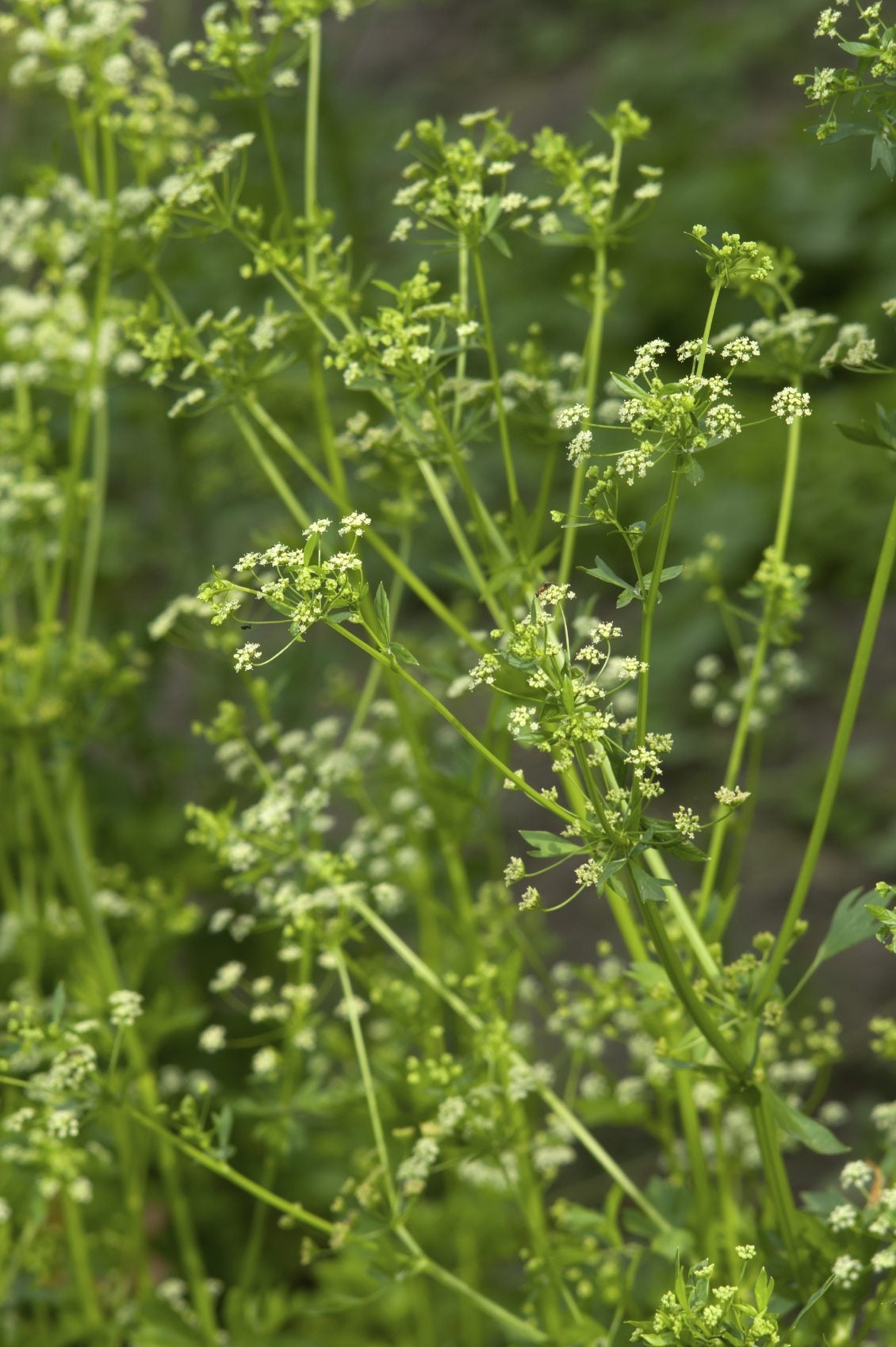Parsley Plant Is Droopy: Fixing Leggy Parsley Plants

If you plant an herb garden, by all means use it! Herbs are meant to be cut; otherwise, they get gangly or woody. Parsley is no exception and if you don’t prune it, you end up with leggy parsley plants. So what can you do about overgrown or leggy parsley plants?
Droopy, Leggy, Overgrown Parsley
If you have a drooping parsley plant or parsley plants falling over every which way, it may be too late, especially if the plant has blossomed and gone to seed. Don’t despair. Parsley grows rapidly from seed or you can get some inexpensive starts from the local nursery. Moving forward, however, you will want to learn how to trim parsley (and use it!) to avoid drooping and falling over parsley plants. Of course, if your parsley plant is droopy, you might just need to give it some water. If it doesn’t appear to be leggy and the temps have been high, some extra irrigation just might remedy the situation. If you ascertain that the parsley plant is droopy due to extreme temps and dry soil, trim the plant back and water it generously. Trimming parsley increases the yield of the plant. If it is not occasionally thinned, it loses vigor. Cutting it back will also prevent it from taking over and choking out other plants or herbs. Also, parsley flowers should be routinely cut back or pinched. If allowed to go to seed, you'll have more parsley than you know what to do with. When you remove the blossoms, the energy the plant was using towards seed production is redirected towards foliage production, which makes the plant grow more vigorously. Pruning also helps prevent some diseases, such as powdery mildew, by opening up the plant and increasing air flow.
How to Trim Parsley
If the parsley has any flowers, pinch them back (deadhead) or remove them with scissors. First, check and see of your parsley plants have grown any blooms. If these blooms have begun to fade, it's important that you deadhead them. To deadhead means to remove the dying flowers before they form seeds. You may have also heard of this process described as pinching back the flowers. By “deadheading” or “pinching back” the dying flower blooms, you prevent the plant from over seeding all over your herb garden. This will keep your parsley vigorous and assist in preventing the plant from taking over. Take a sharp pair of scissors and cut off the flower stalk at the root. Next, remove any yellowed, spotted or shriveled leaves as well as those that are munched on by insects. Then give the parsley a 1/3 inch (.85 cm.) trim. Cut or pinch off 1/3 inch (.85 cm.) off the tops of the plant which will control the growth of the parsley. You can do this any time the parsley is getting too large. Harvesting for use in cooking can take place any time after the leaves have become well formed. Cut the outer leaves and stems down to the ground, leaving the inner stems to grow. Don’t be afraid to cut too much. Your parsley will love it. Once you have pruned the parsley, mulch around the plants with mature compost to aid in water retention. Remember that parsley is a biennial herb. This means that it grows for only two years. At the end of the two years, parsley bolts, or sends up a bunch of flower stalks, goes to seed, and dies. In fact, many people treat parsley as an annual and discard and replant each year.
Sign up for the Gardening Know How newsletter today and receive a free copy of our e-book "How to Grow Delicious Tomatoes".

Amy Grant has been gardening for 30 years and writing for 15. A professional chef and caterer, Amy's area of expertise is culinary gardening.
